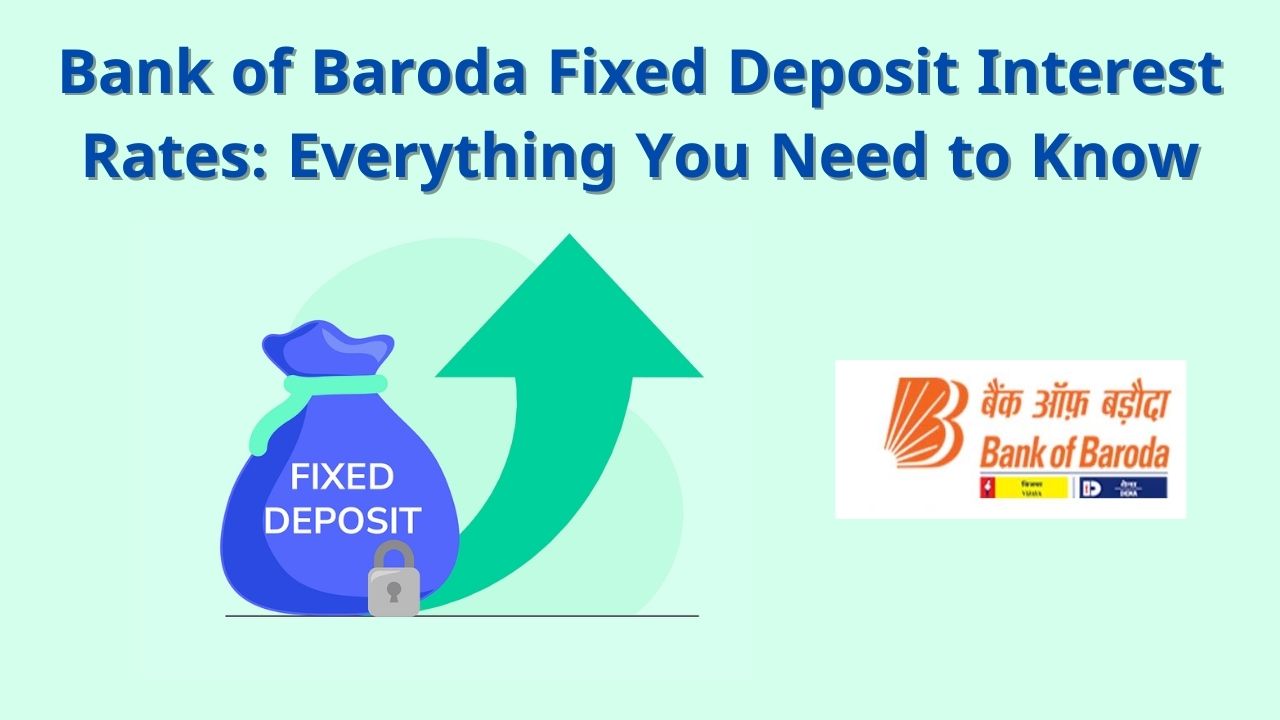When it comes to managing our finances, having a savings account is a must. It not only offers a safe place to keep our money but also helps us reach our financial goals. In India, there are many types of savings accounts available, each designed to meet the specific needs of individuals. In this article, we will learn about different types of savings accounts in India, their features, advantages and disadvantages and the documents required to open them.
How many types of savings accounts are there?
In India, there are primarily five types of savings accounts that cater to the needs of different sections of the population.
1. Regular Savings Account
Regular savings accounts are the most common type of savings accounts available. It is designed to meet the everyday banking needs of individuals. It offers facilities like ATM/debit card, online banking and check book facility.
Benefits of regular savings account
Convenient access to funds through ATMs and online banking
Checkbook facility for easy transactions
interest on deposits
Disadvantages of regular savings account
Limited interest rates compared to other types of accounts
Minimum balance requirements may apply
2. Salary Savings Account
Salary Savings Account is specially designed for individuals who receive a salary. It is usually offered by employers to facilitate salary credit and provide additional benefits.
Pros of Salary Savings Account
Immediate Salary Credit from Employer
Special offers and benefits such as higher interest rates or waived fees
Automated Bill Payments and Standing Instructions
Cons of Salary Savings Account
Usually tied to the employer, making it difficult to change jobs
Limited benefits if not linked to salary account
3. Senior Citizen Savings Account
A senior citizen savings account is only for individuals above a certain age (usually 60 years and above). It is designed to meet the specific needs of senior citizens, offering higher interest rates and additional benefits.
Pros of Senior Citizen Savings Account
Higher interest rate than regular savings account
Additional benefits for senior citizens, such as health insurance and priority banking services
Tax benefits under section 80TTB of Income Tax Act
Cons of Senior Citizen Savings Account
May require higher minimum balance than regular savings accounts
Limited eligibility criteria based on age
4. Women Savings Account
Women Savings Account is designed to financially empower women by providing special benefits and facilities. Its objective is to provide economic freedom and security to women.
Pros of Women Savings Account
Special interest rates and discounts on loans
Insurance coverage and other benefits
A dedicated relationship manager for personalized support
Cons of women savings account
Limited eligibility for women only
5. Child or Junior Savings Account
The purpose of children or small savings accounts is to inculcate the habit of saving from an early age. It allows parents or guardians to open savings accounts for their children, providing a financial foundation for their future.
Pros of Children or Small Savings Account
Teaches financial discipline and encourages saving habits from an early age
Preferential interest rates for children’s accounts
Provides a dedicated savings platform for children
Cons of children or small savings accounts
A parent account may be required until the child reaches a certain age.
Limited withdrawal options and restrictions on account operations
Features of Savings Account
Regardless of the type of savings account, there are several common features you can expect:
- ATM/Debit card for easy access to funds
- Internet Banking and Mobile Banking for convenient transactions
- Checkbook facility for offline transactions
- Passbook or e-statement to track transactions
- Linkages with other financial products like fixed deposits, loans and credit cards
Savings Account Privilege
Although specific privileges may vary depending on the bank and account type, some of the common privileges offered with savings accounts are:
- Higher interest rates on savings
- Discounts or rebates on certain banking services
- Dedicated Customer Support and Relationship Manager
- Pre-Approved Loan and Credit Card Offers
- Insurance coverage and other financial planning services
Documents required to open savings account
To open a savings account in India, you will generally need the following documents:
- Identity Proof – PAN Card, Aadhar Card, Voter ID Card etc.
- Proof of Address – Utility Bill, Rent Agreement, Aadhar Card, etc.
- passport size photo
- Age Proof (For Senior Citizen Accounts)
- Income Proof (For Salary Account)
Frequently Asked Questions (FAQ)
Is it possible to switch from one type of savings account to another?
Yes, you can switch between different types of savings accounts depending on your eligibility and needs. However, certain conditions may apply.
Can I open a savings account online?
Yes, most banks provide the facility to open savings account online. You can visit the bank’s website or download their mobile app to start the process.
What is the minimum balance for a savings account?
Minimum balance requirements vary from bank to bank and type of savings account. This can range from minimum zero balance accounts to higher amounts for premium accounts.
Can I have multiple savings accounts in the same bank?
Yes, you can have multiple savings accounts in the same bank. Each savings account will have its own account number and can serve different financial purposes.
In conclusion, choosing the right type of savings account in India is important for effective financial management. Consider your specific needs, eligibility criteria and benefits offered by different banks before deciding. By understanding the different types of savings accounts available, you can choose the account that best suits your financial goals and needs.







